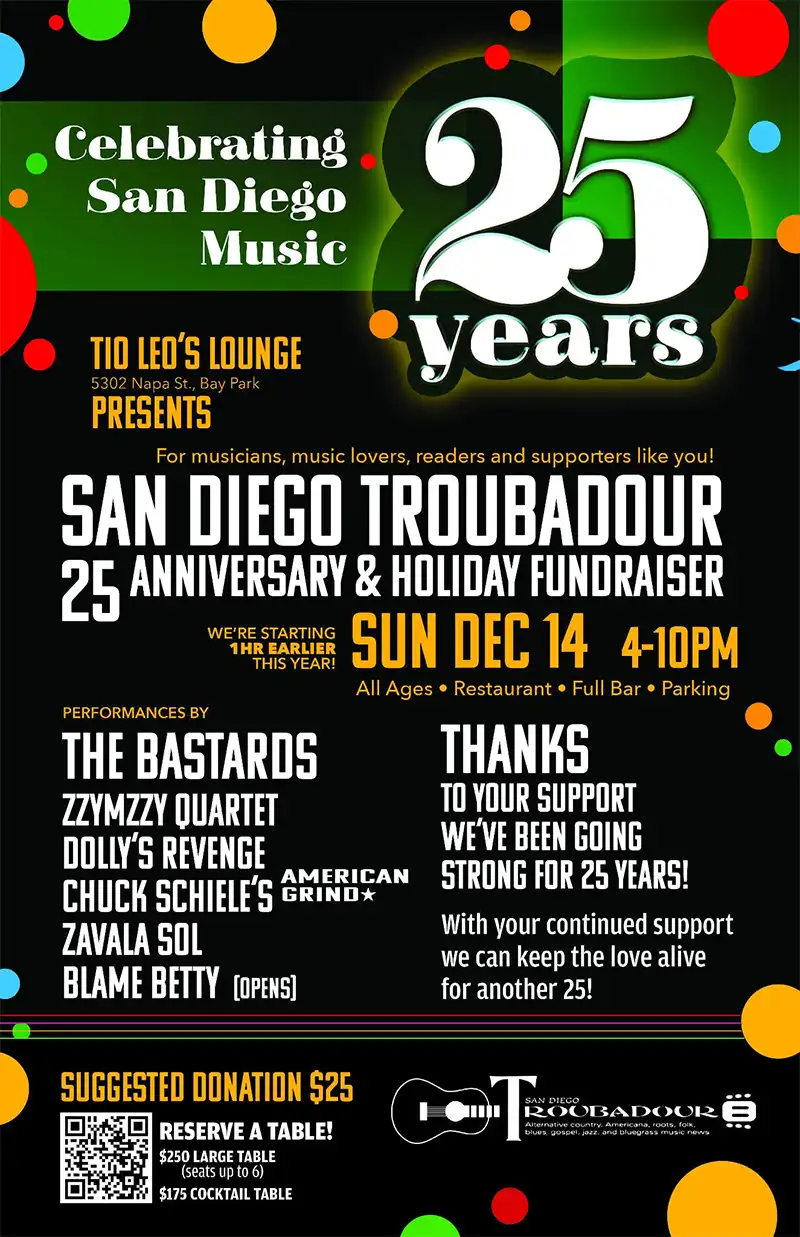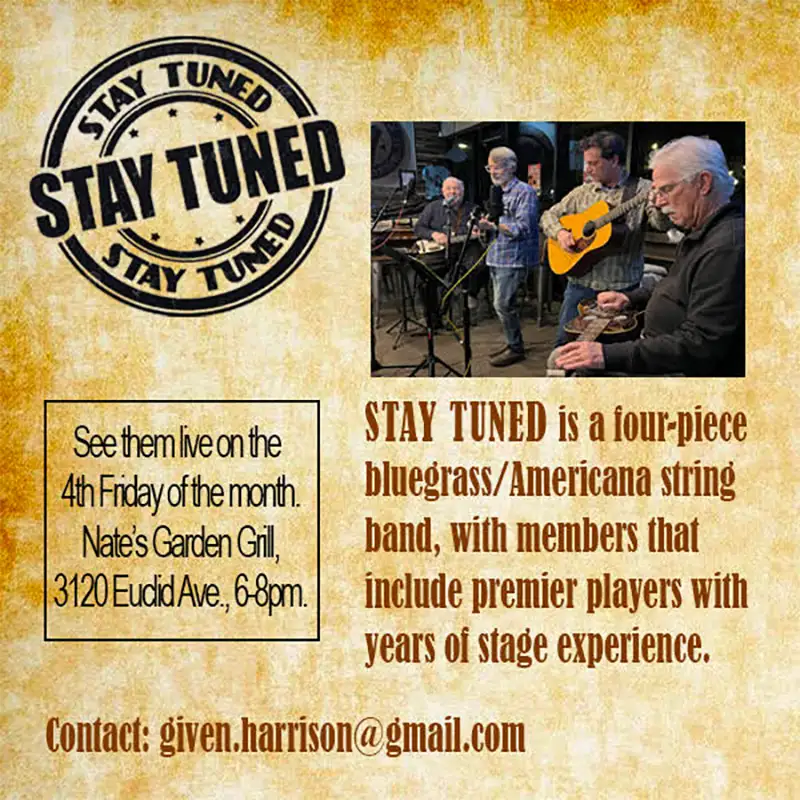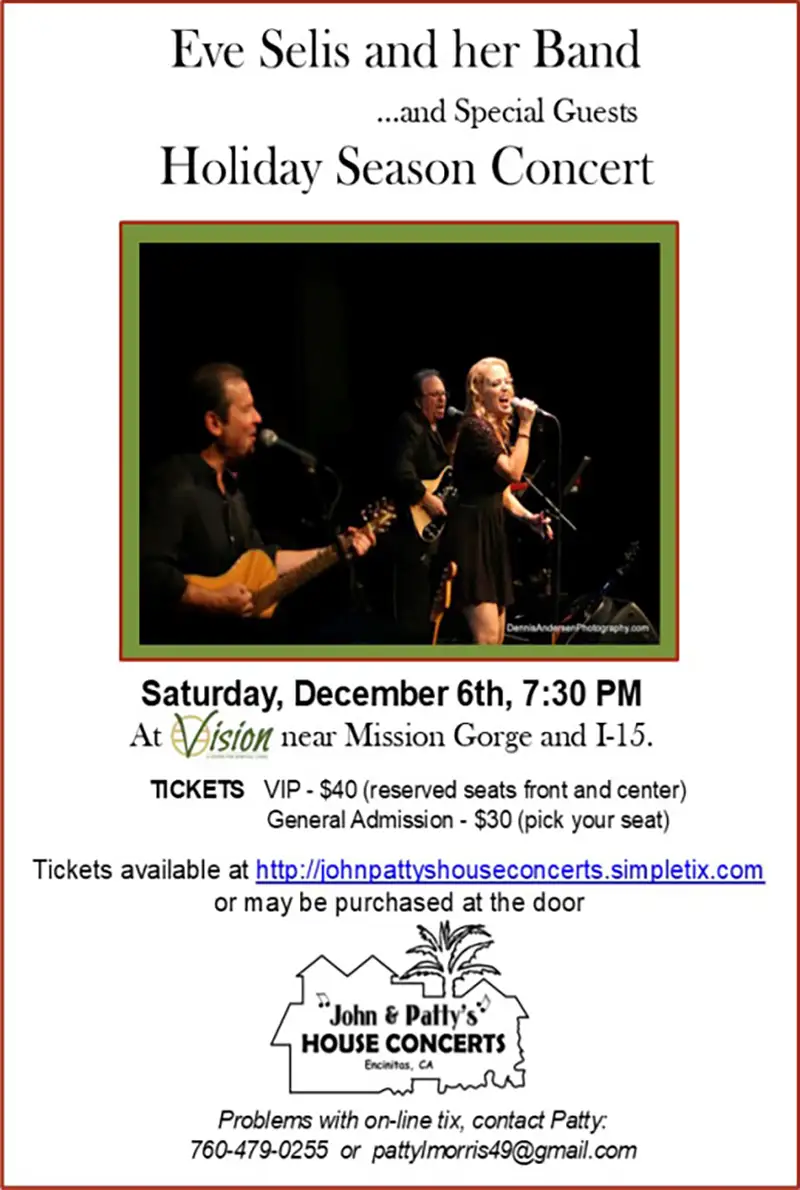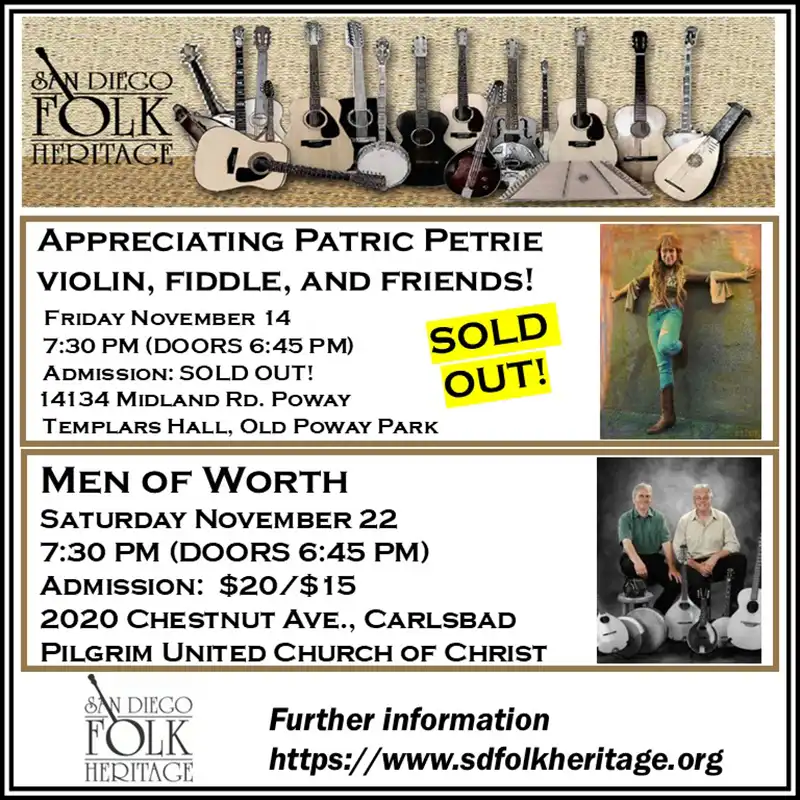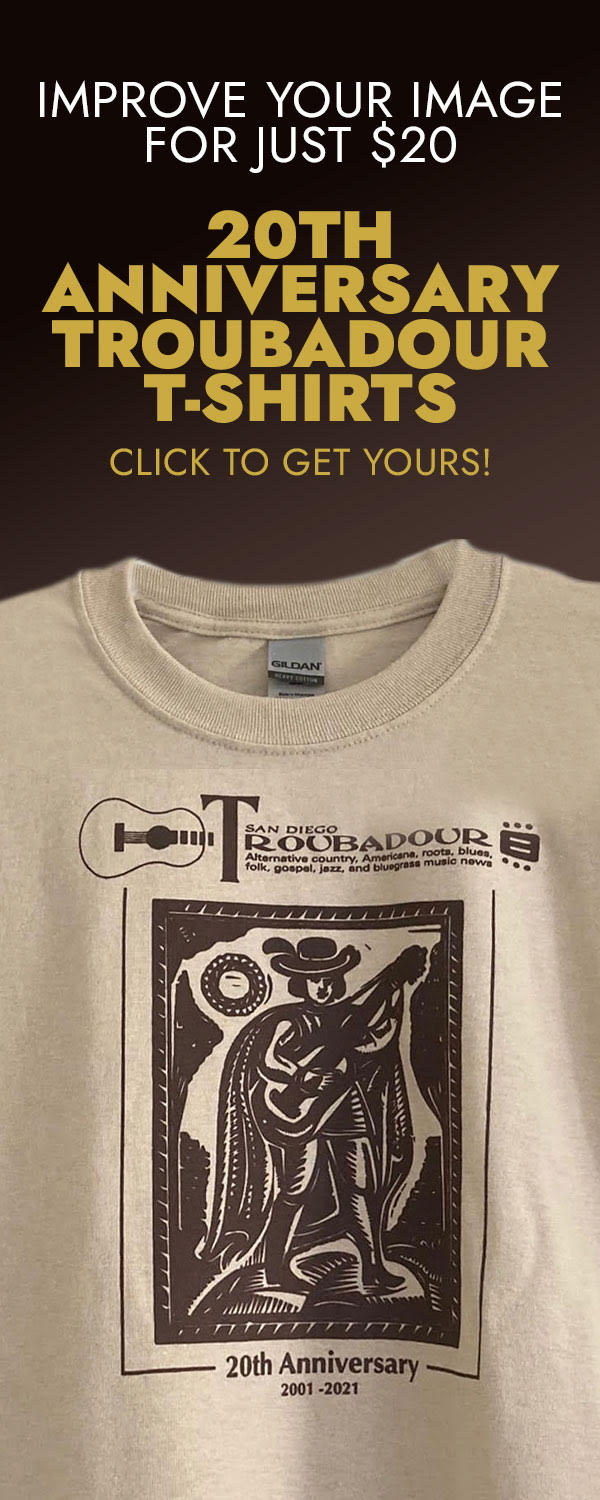Featured Stories
Bruce Cameron: The Lost Interview
Remembering San Diego’s Live Music Heyday
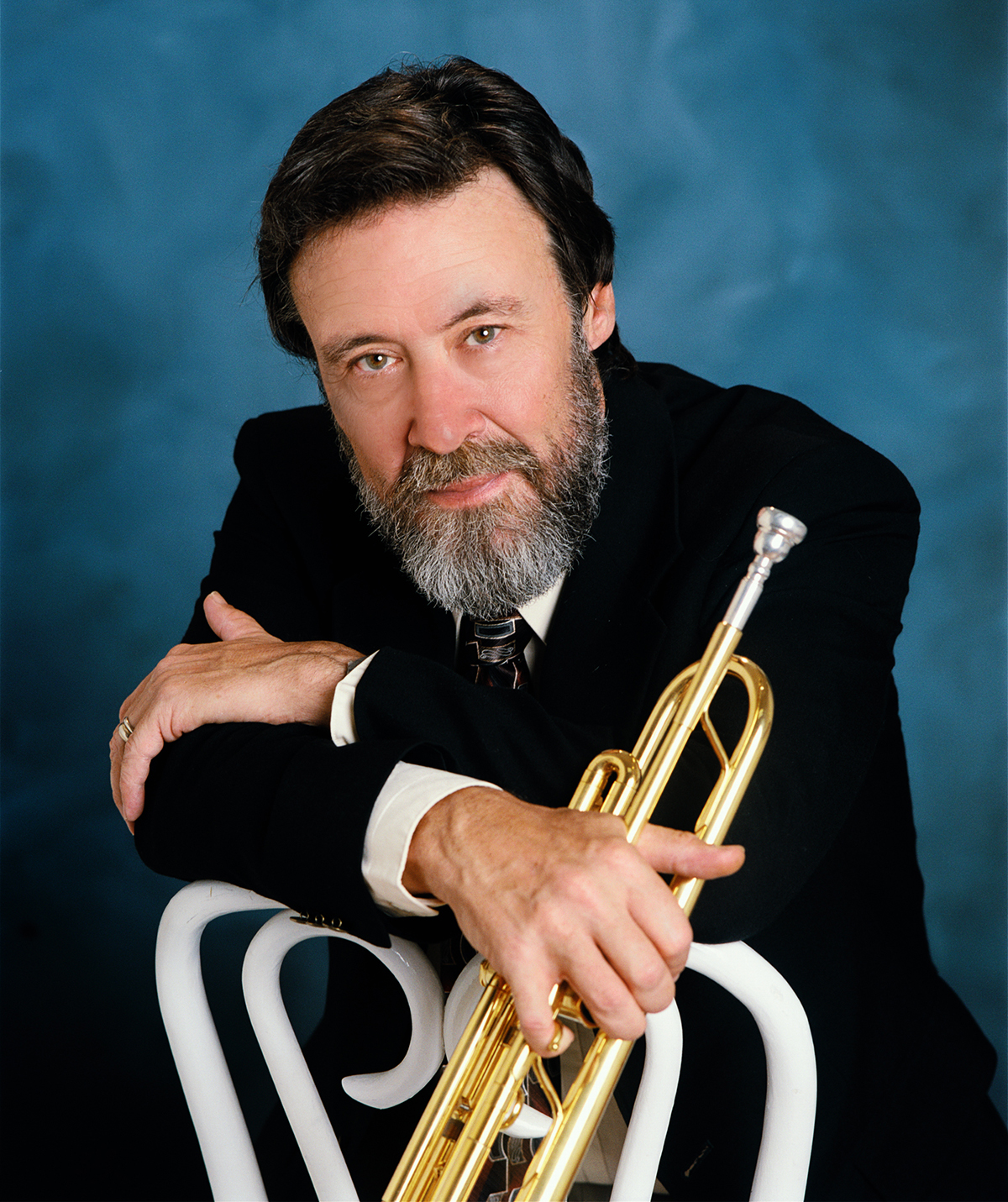
Bruce Cameron
Bruce Cameron passed away from cancer on July 1, as reported in San Diego Troubadour’s September issue. The following is taken from two interviews conducted by telephone with Bruce during the COVID-19 lockdowns in the summer of 2020. Portions were previously included in a feature article about the late Ella Ruth Piggee published in the August 2020 issue of San Diego Troubadour, and another in January 2021 about jazz composer and arranger Sammy Nestico.
Cameron: I grew up in Irvington-on-Hudson, in New York. It’s a small town, but it’s where Washington Irving lived, and his old home is a National Historic Landmark, which my mother ran.
It was a great place to be, because Stan Getz was a neighbor, as were Bob James, Kai Winding, Lloyd Nolan, and my sister babysat for Getz’ kids. Ted Mack lived there—so many musicians even though the town was only 3,000 people. I was so lucky to grow up there. Stan Getz was playing some of our senior proms!
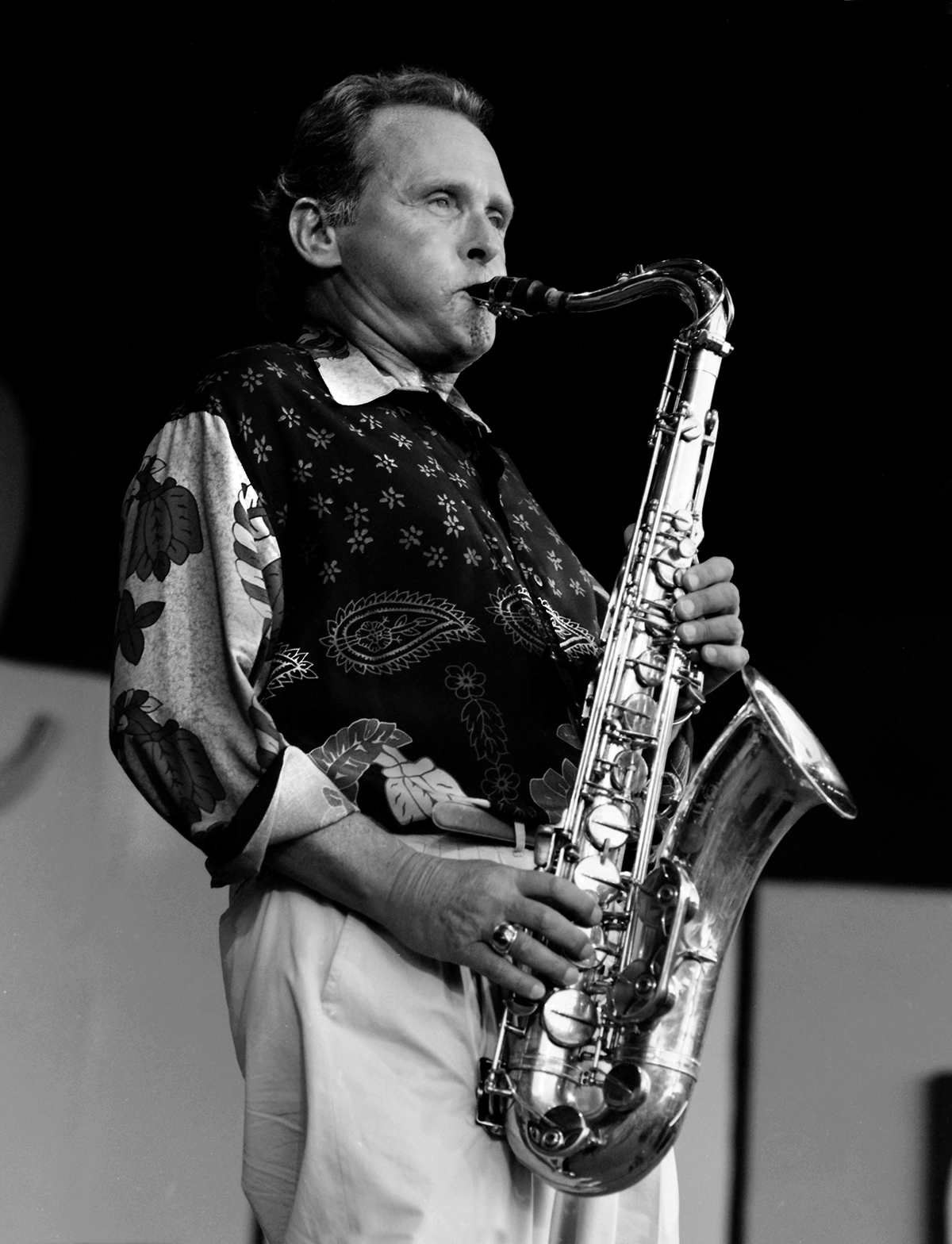
Stan Getz
And Steve Getz, his son, was on the track team that I ended up being the coach of after having been a runner. I coached him on the track team, and later on he came out here. Stan paid to have us record an album, which I do not have a copy of. Steve played piano and drums. It was actually pretty good. He ended up going back to New York and ended up running a very successful club. One night I went back, Dizzy was sitting at the bar and Al Hirt was the featured artist. Steve then moved back out here and lived in Joe Marrillo’s attic for awhile.
There were three of us—a brother was 12 years younger than me. By the time I left home, he was only five. He was killed back in 2010 in a car crash. Brad. Great guy, great sense of humor. Didn’t look at all like me—taller and very muscular. He was a big star on the high school football team and ended up coaching back there for a while. He didn’t have any musical or artistic talent like me or my sister—he was more of a sports guy, very masculine.
Laurie, she’s three years younger than me. She studied art. She went to one of the universities in Wisconsin, the University of Wisconsin, Madison.
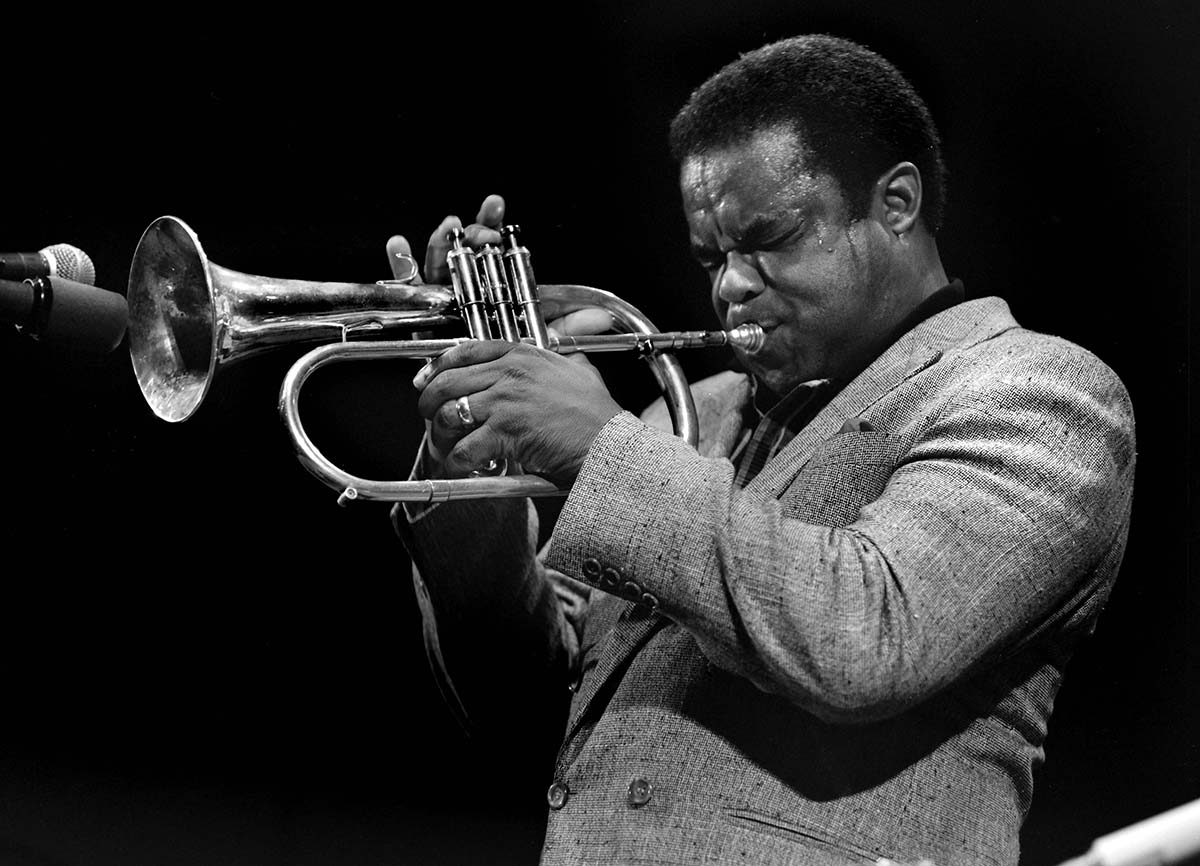
Freddie Hubbard
I studied with my high school teacher. I never took a lot of formal training. Really early on, I was lucky and got to a level of proficiency where I could play with a lot of famous players and great bands that were around at the time—even in high school. I went to jam sessions with Toots Thielemans. Westchester County had this summer music series at the county center, which was a huge place that had a concert jazz band. In the summer, all the musicians would all be there in the orchestra. I sat right next to Gerard Schwarz, who later became conductor of the New York Philharmonic. We shared the first trumpet part.
Learning by doing!
I also spent several summers up at Lake Chautauqua in upstate New York. The Lake Chautauqua Orchestra was all the first and second chairs of most of the great orchestras across the country. Those were the people giving the lessons! The student orchestras were absolutely unbelievable. Having the opportunity to do that was incredible.
They also had a theater where they would show art films from all around the world. Celebrities and politicians would come give talk talks at the outdoor auditorium.
The Navy and moving to San Diego
I went to Hawaii to work on a special research project, and I ended up playing with all kinds of people. All the famous people came to Hawaii to play at the bases. I was in the backup band for a lot of those people. Anita O’Day was living there with her boyfriend. A lot of them were playing in downtown Waikiki. Roy Burns. Ernie Washington, the great piano player. This was in ’67, ’68.
I got my draft notice on New Year’s Eve that year, and I’d been trading gigs with the leader of a Navy band at Pearl Harbor. He was a lieutenant and in charge of the Pearl Harbor band, and when I told him I got my draft notice, he said, ‘Okay, don’t worry, I’ll write you a great recommendation, and we’ll get you in the music program.’
I hadn’t studied music in college: social sciences and anthropology at Bucknell University in Pennsylvania.
[After enlisting] I went to boot camp at the Naval Training Center—it was my first time in San Diego. We had to fly as I was living in Hawaii. They flew us into Lindbergh on a regular commercial jet.
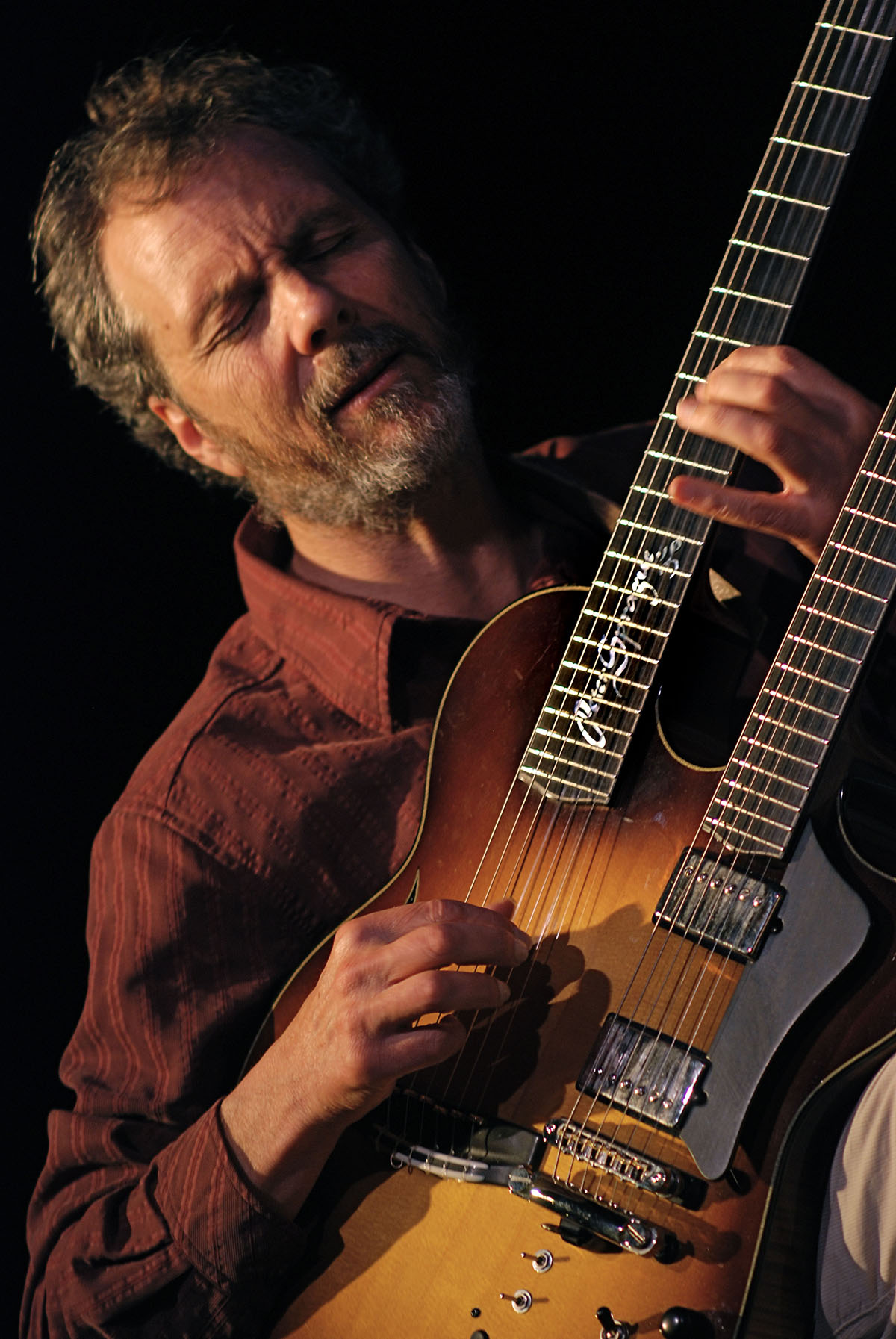
Peter Sprague
They had a drum and bugle corps at NTC, so when they were looking for people, I said, ‘Hell, I play trumpet—so I ended up getting out of the regular platoon and got into the drum and bugle corps and had our own barracks. We rehearsed, but also marched and did drills separately. I wrote some arrangements that they used for a while. [With] a lot of that baroque stuff, you can go up in the upper register and play it chromatically, but you have to have an amazing embouchure. Some of those guys can play all 12 notes chromatically—it’s amazing!
It was the latter part of September when I got transferred to the Armed Forces music school in Virginia. I was there for seven months.
What was interesting about that time period—around ’68 or so—the Navy was able to get the crème de la crème of musicians because all of the guys of military age were under threat of the draft, and there was intense competition to get in the Navy band. So, they were getting Juilliard and Berklee grads.
I was in the Navy West Coast Show Band with a lot of people who are still active around town. Our repertoire included a whole bunch of Sammy Nestico’s charts, which we played very often. I don’t know the timing of those charts—some of them were written during the Basie period. There were lots of them floating around in various bands I played with. How current they were, I couldn’t really tell you. He was so prolific; he wrote so much stuff.
I know we were playing them in the Navy, and in the Navy Show Band for sure. When I was at the Navy School of Music, I’m pretty confident we were playing some of his charts as well in the school band.
Civilian life
In April of ’72, I got out of the Navy. I went to work for the state of California as a placement counselor for the unemployment office. Then I got an offer to go on tour with this great band called Quicksand, like a Chicago or Blood Sweat & Tears-type band. It was a really good band. Did a little touring, then I came back and was playing in the house band at the California Theatre. Another tour with Quicksand, and I was in the Chargers band.
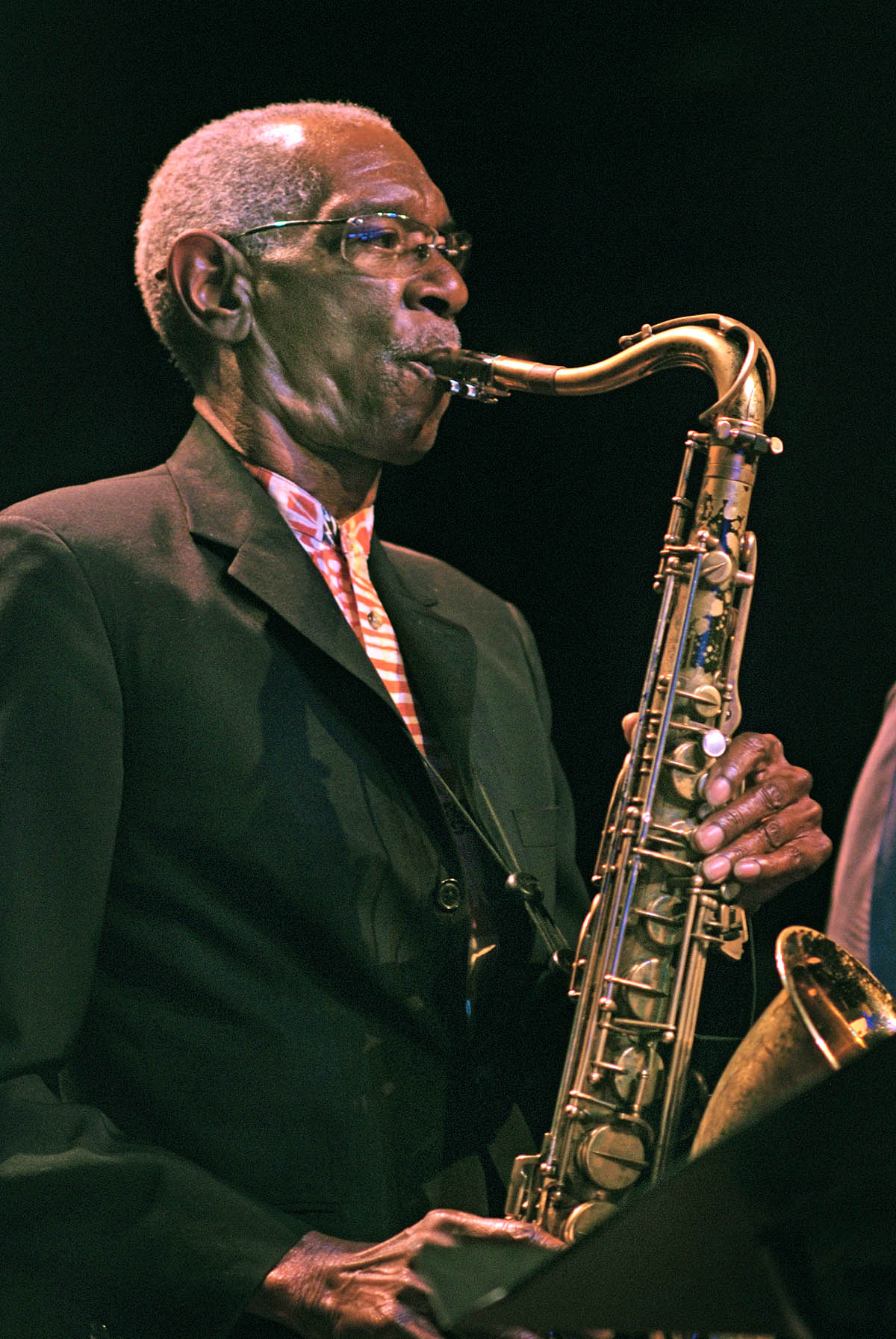
Daniel Jackson
When I was in the Chargers band, we were right below the general admission seats, not quite the Bob Uecker seats, and sometimes they’d get pretty rowdy behind us and start throwing paper cups at us. As a trumpet player, we had to be on our toes because we had to play “Charge” on cue every 10 seconds when something happened.
Ron Dhanifu took me under his wing when I got out of the service, I was working as a social worker as well as playing music. For a while, I was playing with the idea of becoming a jazz DJ. I had fun with that for a while. We started the “Jazz Live” show way back when KSDS was only 800 MHz. That was a great experience.
The other neat thing about San Diego—and Hawaii—was how thoroughly integrated most of the bands out here were. The band at the Crossroads at 4th and Market, guys like Daniel Jackson. On a number of occasions, everybody else in the band was black, and most of the audience was black, but it was perfectly cool.
The Safety—that was owned by the all-star safety for the Oakland Raiders, Dave Grayson, on Imperial Avenue—was another place where all these famous guys would come down and front of the band for the night. Pretty much an exclusively black place. Clarence Bell—the great piano player. He would walk in late almost every week!
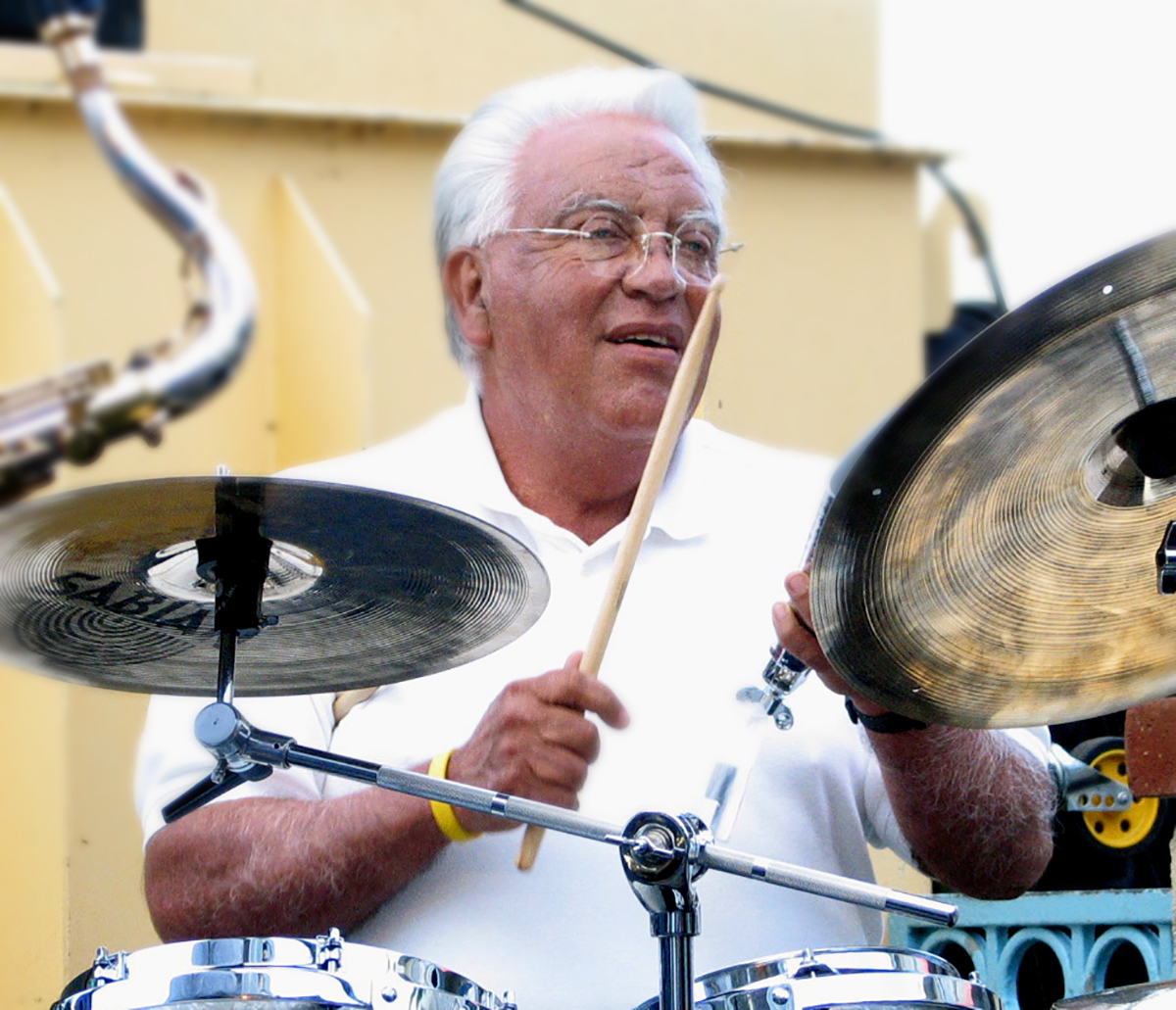
Carlos Vasquez
All of those clubs in the ’70s, and ’80s had music at least five nights a week, sometimes seven. So many guys were working constantly. Constantly. And the money was good. San Diego’s music scene was huge. All the clubs in Mission Valley, and Harbor Island, and Shelter Island, the Boat House, the Hanalei Hotel, the old Stardust.
The CC Jones Show—that was so popular, and I was director for a year and a half or so. He had a 10-piece big band and had a lot of the best players in town. We would alternate between the White House, the Catamaran, and the Bahia. He lives in Phoenix now. He was another guy who had an incredible rapport with the audience. His stage persona was amazing. He would just walk into the audience and grab drinks off people’s tables and just drink them.
Kirk Bates was another band that was very popular. He offered one guy to buy a Hammond B3 if he’d play in the show. His drummer became real famous on Pat Sajak’s show. Bates was a pretty good singer and multi-instrumentalist: flute, trumpet. Anything you could pick up he could play moderately well.
Carlos Vasquez was another. What an incredible influence on the early music scene when I first started playing. They called themselves the Travelers and played at the Hanalei five nights a week. There were five of them and then a girl named Linda who sang with them. They did a Four Freshman arrangement of all these Latin tunes. Gary Lefebvre played with them, and I did, too.
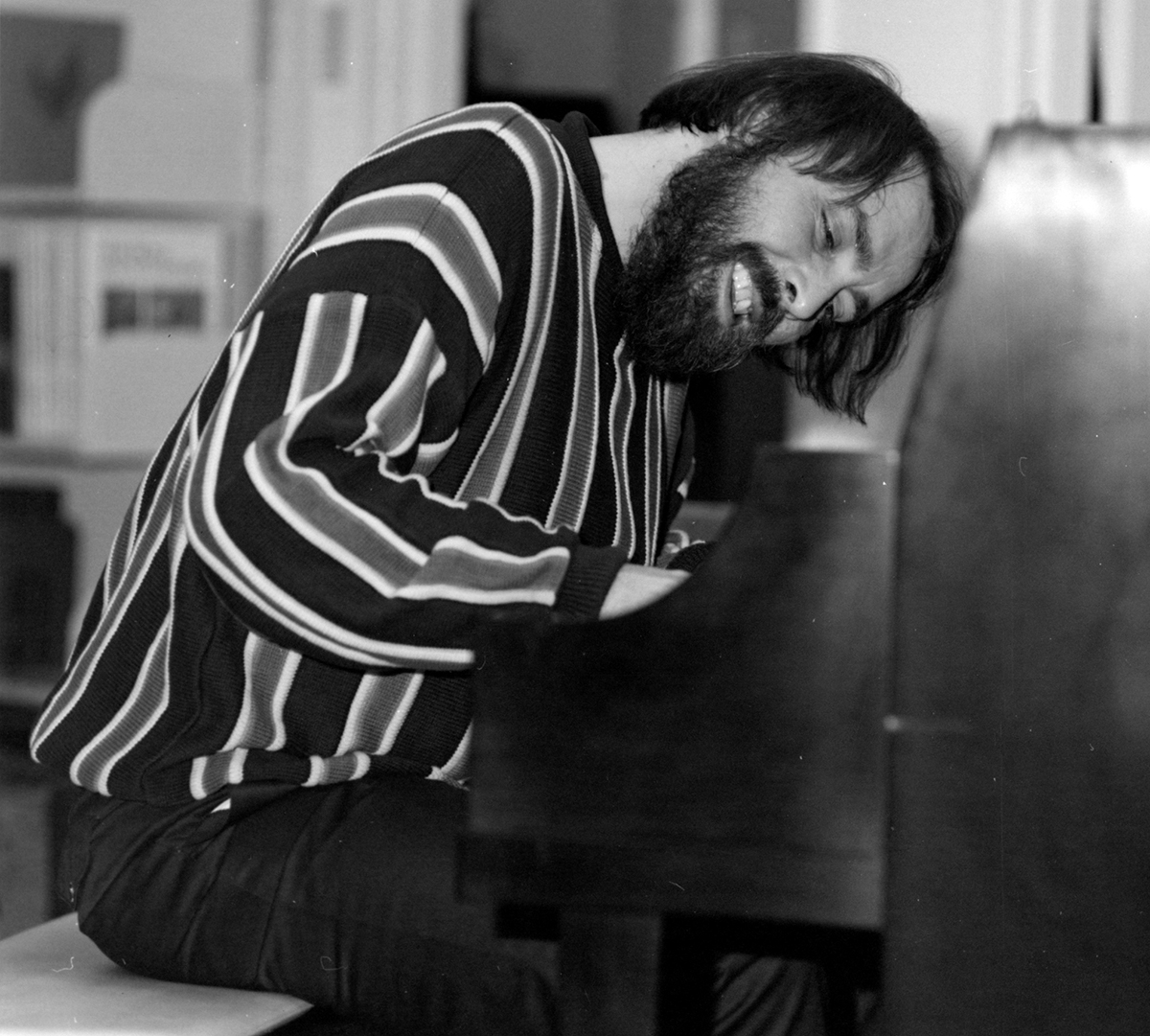
Butch Lacy
I know Chuck’s Steakhouse in La Jolla was a favorite hangout of mine at the time. As soon as I went down there, I met Ella Ruth Piggee and the other guys in the band. I think Hollis Gentry was playing with her at the time, Ronnie Stewart on the drums, Sammy Tritt was on organ, and he’d play the bass part, too. Ella Ruth and I had a long association. I helped her get some jobs for her band, and she got some for mine. She alternated with my band at the Triton on El Cajon Boulevard.
I was sitting in with her band at Chuck’s when I wasn’t doing something else. There was a whole crew of people—Lynn Willard who came out from Des Moines at about the same time, Mitch Manker being another one. Butch Lacy was in the Navy Show Band with me out here for a while, but he got out before me. It was in McKellar Square, opposite Alphonso’s in La Jolla. It was a very, very popular music hangout throughout the ’80s. Even before Alphonso’s, it was called Oceana’s—that’s where Nathan East and Carl Evans and Joe Marillo would play. I used to go see them and hang out.
The Bruce Cameron-Hollis Gentry Jazz Ensemble
Carl Evans just got out of high school and was going to be a nurse. Somebody recommended him to me. I’d talked to this place in O.B., Le Chalet, at the foot of Newport.
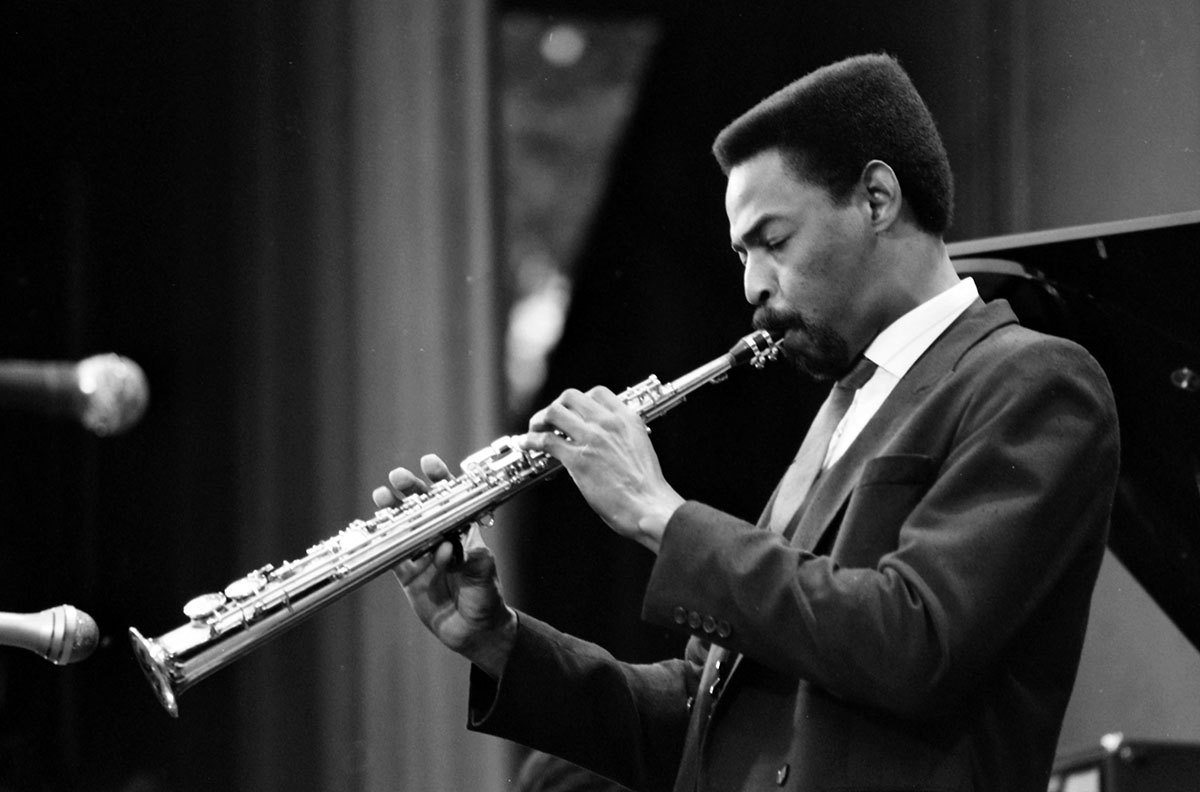
Hollis Gentry
Club on Santa Barbara. Le Chalet was right across from the coffee place in the alley, Jungle Java. I think it was 1978, and I walked into Le Chalet, and there was this old guy, shoulder-length white hair, who had a couple of pool tables and it was basically a biker bar. But it had a nice vibe, and I knew there were a lot of young people down there. I told him, “I have a great band, what do you think about putting on live music? I think I can make this place jump, but you gotta get rid of the pool tables.” Two weeks went by, and he got rid of the pool tables, and we were making really good money.
It was me, Carl on piano, Nathan East on bass, and Charlotte Steele was singing. The whole deal was off the scale. People loved it!
About three or four months into the gig, I get a call from Carl’s mother and he’s in the hospital in a coma. It turned out he had diabetes. He was gone from our band for a couple months. When we played the Old PB Café, his feet hurt so much, he’d have to take his shoes off. He came from a military family; his father was a Navy chief and a band leader in the Navy. That’s the band that inspired me to do the first album [With All My Love], and I paid for it all myself. And then Discovery signed us (in 1979) and distributed it.
They didn’t really push the album – nobody really knew about it.
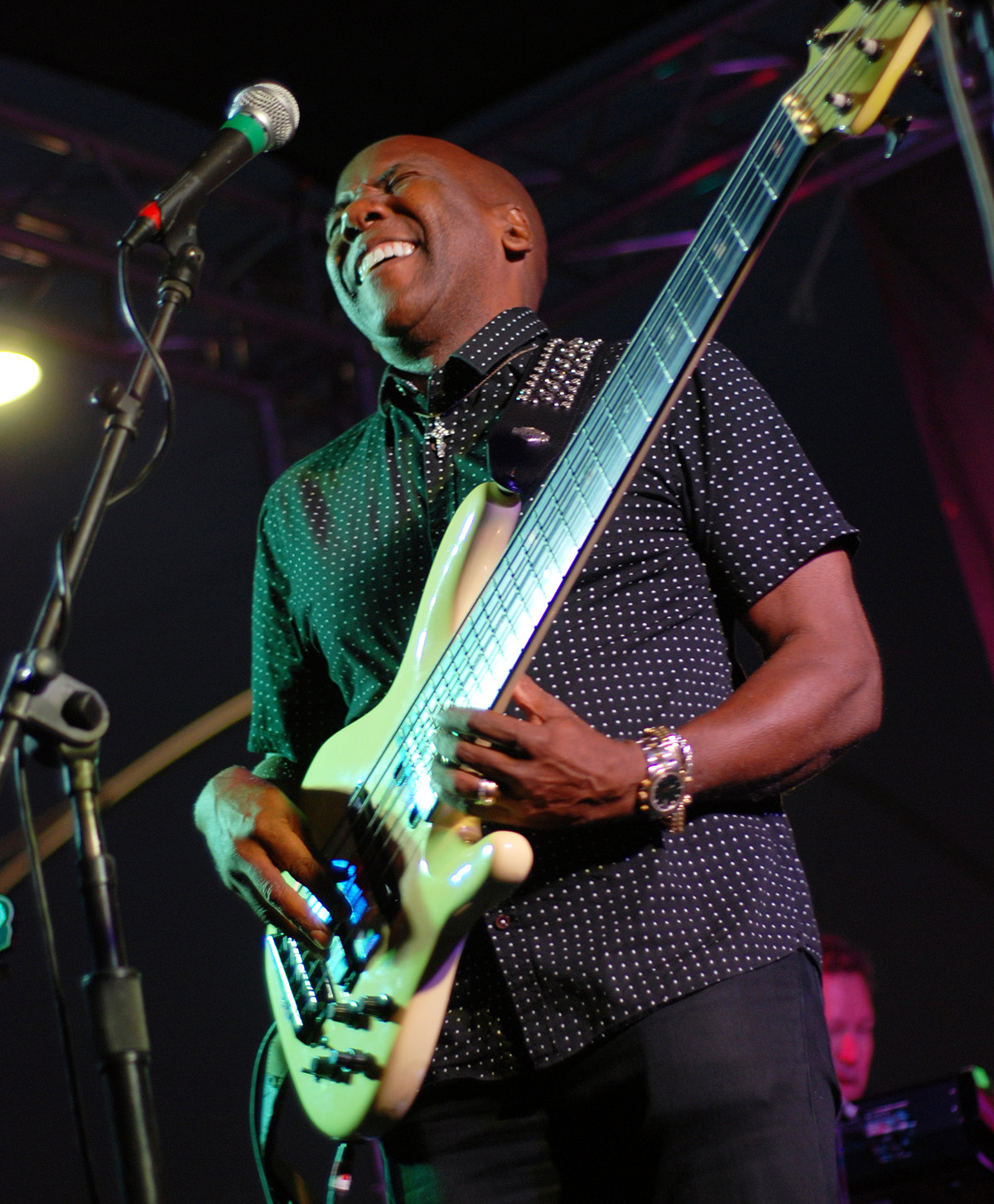
Nathan East
Charlotte sang a tune Nathan wrote, “With All My Love.” We recorded that in a four-track studio near Cowles Mountain in San Diego. You couldn’t do any overdubbing. It was different, but that album came out so great. Charlotte fell asleep while we were doing all the instrumental stuff – we woke her up at 3am to sing and she just killed it!
She left San Diego—did some gigs in L.A. and Orange County. Then she got faith and moved up to the Northwest and started doing church stuff. That’s the last I heard.
Carroll Coates was well known. He really wanted to be a record producer, but he was also a composer. He knew everybody in Hollywood. He would come to some of my gigs in L.A and Orange County, and he was lobbying me. “I’d really like to do an album with you—let’s see if we can break your contract with Discovery; I’ll take good care of you.”
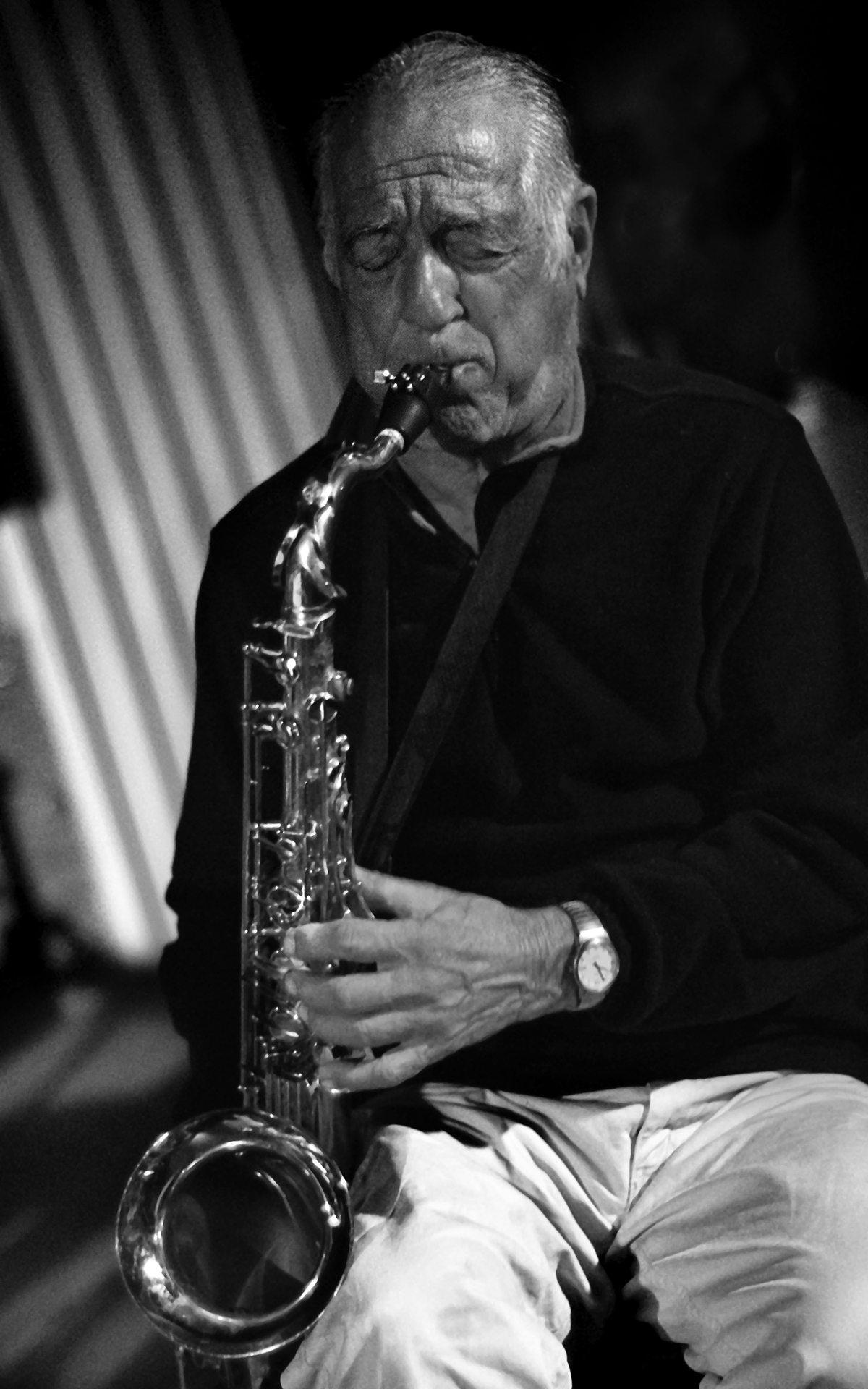
Joe Marillo
It was a mistake. When we went to do that album with him, Jet Away, in 1980—which he set up nicely, using the best studios in LA—he wanted to impose some of his music on us and add sweetening to some of the things we did. That caused a lot of dissension in the band. On that album, I featured Patrice Rushen, singing and playing piano, and great studio saxophone player, Ray Pizzi. And Bob Magnusson played bass on two or three tracks on that album.
Carroll also produced that jazz concert they had up at the Laguna Beach Bowl where they do the Pageant of the Masters. He organized an annual jazz festival up there, which was really cool, but it lost a lot of money. I think I finally broke off with him when I begged him not to do the last festival he did—I just didn’t see it working, and I was afraid he was going to go belly up.
Hollis and I were the house band at Elario’s for at least two years. We rarely had guest artists. We worked for Steve Satkowski. Shortly after that, he went to the big names.
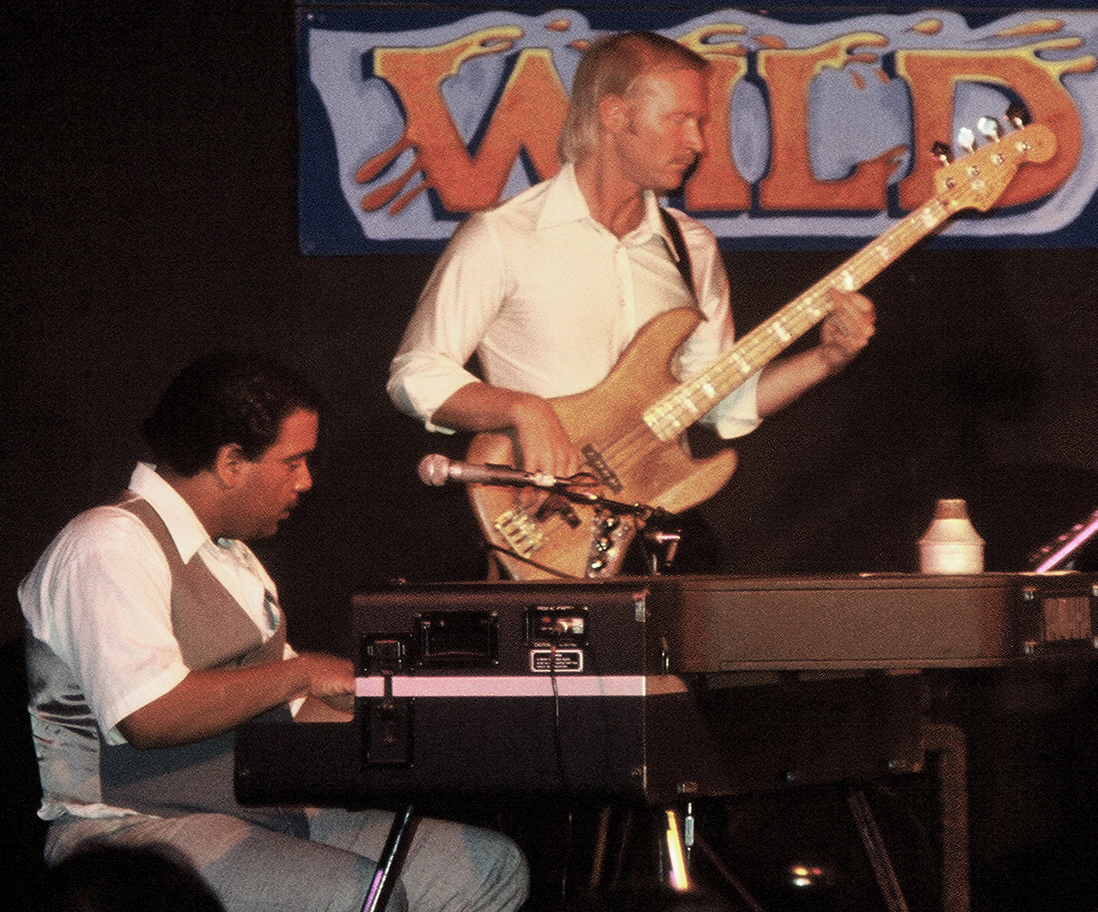
Carl Evans & Mark Hunter
When Hollis (Gentry III) and I got that band really going, the pre-Fattburger band, we found that Mark Hunter and the drummer (in Ella Ruth Piggee’s band) wanted to join our band. The drummer we had wasn’t quite cutting it the way we wanted—but she got really pissed at me. I mean, really pissed at me, like it was my fault. And I had nothing to do with it—they had talked to Hollis.
I also played the World Series with Hollis in ’84. My band with Hollis was the first band to start the Humphrey’s Concerts by the Bay. I booked several of the bands besides our own. I got Seawind, the CPI band and others.
Our concerts at Smokey’s were consistently packed. Freddie Hubbard came down and played with us. He came down a lot because his mother-in-law lived down here. Eddie Harris, who played trumpet with a sax mouthpiece, was one of the most fun performers ever! When we’d do a concert, he’d get up and tell the rhythm section—Carl Evans, and what became the Fattburger band—he’d tell them to do a funky vamp in A or C or whatever it was, and then he’d start with this spiel about his kid getting arrested or taking the cat to the vet to get put down, and then he’d put the horn to his mouth and start playing! I don’t think I’ve ever seen or worked with anybody who could hold the audience in the palm of their hand right from the jump, which he was capable of doing.
We also had a jazz festival at the stadium, the Kool Jazz Festival. That was a fun experience. My band opened for that.
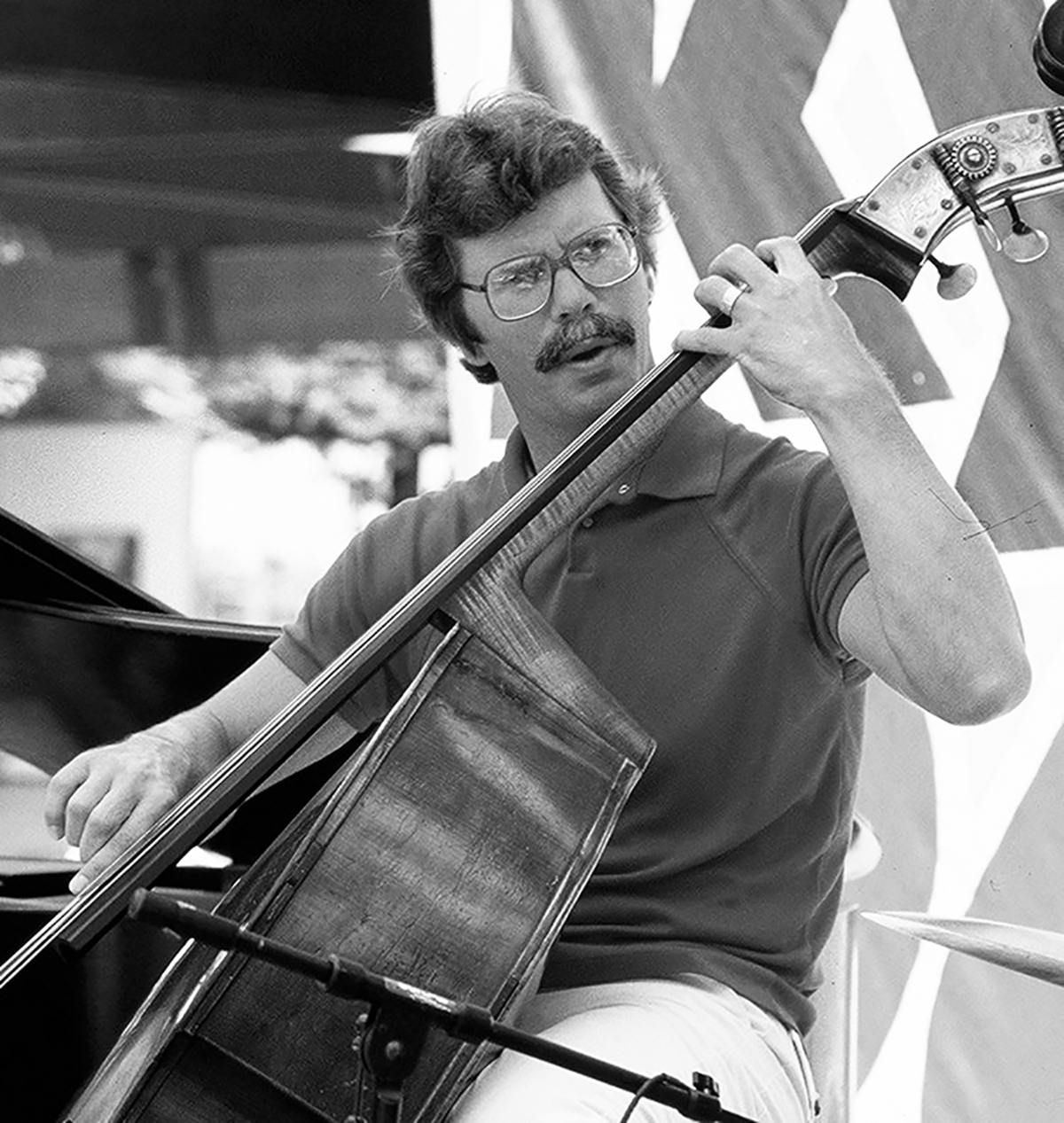
Bob Magnusson
We cut a demo where I pitched the song “Mornin’” by David Foster to Bob James and got a kind of a “Hey, that’s nice, keep going” response months later. I couldn’t believe it—that song was a hit! On that tape he made that he gave to Nathan, Foster had played all the instruments electronically himself: strings, brass, everything. On the tape there were no vocals. With Hollis and I, it was an instrumental.
I was at a famous jazz club in L.A. one night in between gigs, and the owner of the Blue Parrot came over and said someone wanted to meet me: “I’d like you meet Al Jarreau!” But I had no idea who he was! A few months later, we hear on the radio that song that we’d done a demo of. It was Nathan East who brought the demo tape to me, and we transcribed that tune specifically because we liked it so much. We played it at the Old PB Café, at Elario’s, and we were playing it as an instrumental and folks loved it!
That song made Al Jarreau into a star!
Music after the Ensemble
Shortly after Cameron and Gentry performed the National Anthem before the Padres’ first-ever World Series game in the fall of 1984, the Bruce Cameron-Hollis Gentry Jazz Ensemble began fraying. Evans was writing tons of material but wanted the band to perform in a different style than Cameron preferred. By early 1985, Cameron had left the band that he’d founded and that bore his name. The band changed its name to Fattburger, and Cameron struck out on his own.
Steve O’Connor was a great guitar player: low profile, but tremendous player. He wrote stuff like crazy. He was really busy doing commercials when San Diego used to be the hub for doing TV and radio ads, and the music was all produced here. You’d think it was all up in L.A. and New York, but actually much of it was going on here. He wrote most of Sea World’s stuff.
He also produced my Blue Cornet CD in 1993.
Sammy Nestico and I have a really good rapport. We were playing at that place up in Carlsbad right by the railroad tracks, the Coyote, and Sammy had already moved to Carlsbad at that point. He’d already come down with new arrangements and rehearsed one of the all-star big bands I played with.
One of them was the Coastal Community Jazz Band. It had a lot of great players in it. Our theme song in that band was one of his compositions – not just an arrangement. There were a number of his charts in the book, and he came down and conducted at least a couple of times while I was in the band. They played in Encinitas. Since I left, they’ve done even more serious engagements.
The Jazz Project Big Band was a Monday night kids’ band tht had some really great players. We had several celebrities, and Sammy was one of them. Michael Smith started it, but Marty Conley became the leader of that band quite a while ago. He was a pretty great arranger himself, and he liked playing a little trumpet. Sammy was one of his idols—the book in that band consisted mostly of Marty’s charts and Sammy’s charts.
When we started playing at the Coyote, Sammy wrote some charts for my bands. Gunnar Biggs was on bass, Gary Lefebvre on sax, Russ Caldwell on congas, sometimes Tommy Aros.
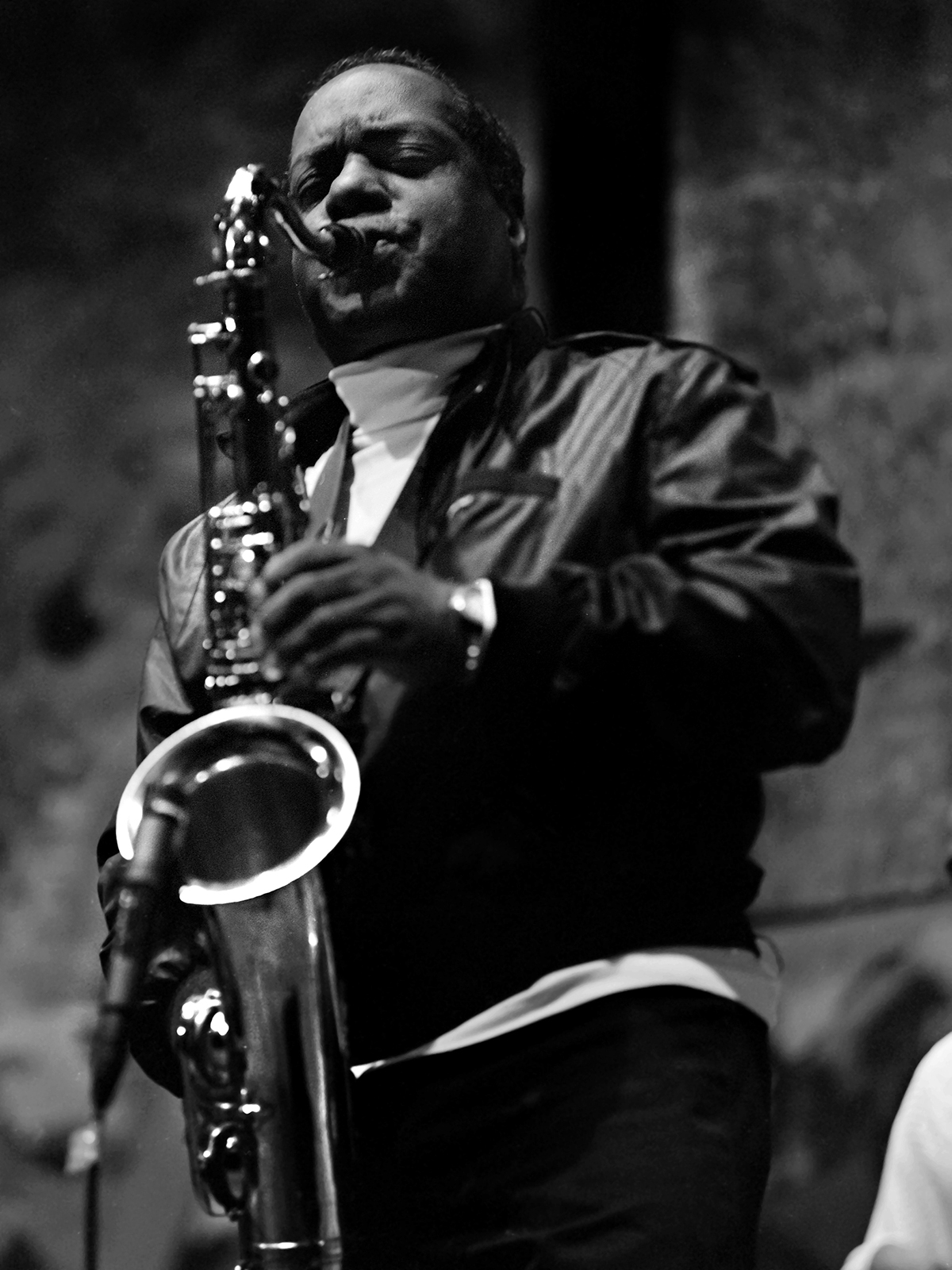
Eddie Harris
He came in a few times, and he was really fun to talk to and very enthusiastic. He obviously liked my band a lot—and there were a lot of other great bands there, like Hollis and Peter Sprague, and he wrote three or four charts for us, which was quite an honor. I had such great musicians. Ivar Antonsen on piano, Carlos Vasquez was playing drums, my favorite drummer in town. Kevin Koch played with us, Lynn Willard, some great sax players like Gary Lefebvre. Tommy Aros played percussion with us. It was so much fun, it was so tight. Big crowds. This was several years in the the early ’90s. It was a fun place to play with the outdoor fire pits.
We had a band for a while, calling ourselves Wings of Victory, that had a lot of former big band players who were at the end of their performing careers and had retired here. Chubby Jackson would come to almost every rehearsal and sit in and always had a lot of fun.
Our singer talked the Catamaran into having these Wings of Victory dances—they had a really big room, hung camouflage netting from the ceiling, and dressed the waitresses up in uniforms. It was a great lot of fun.


